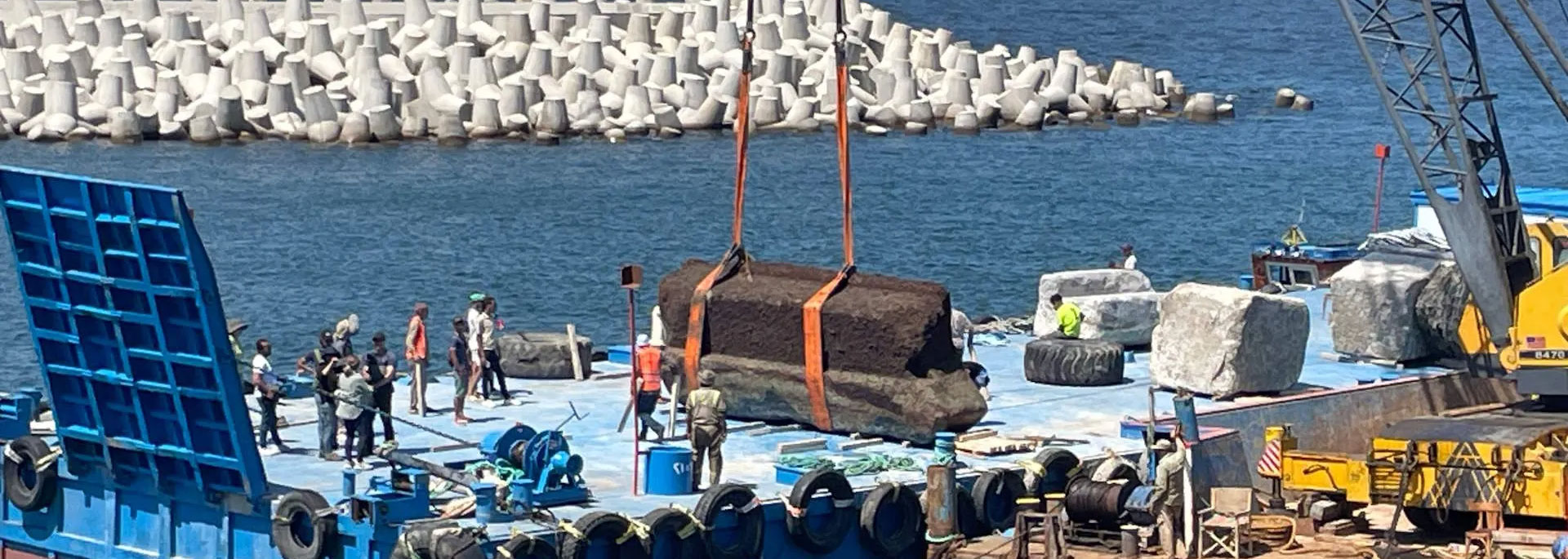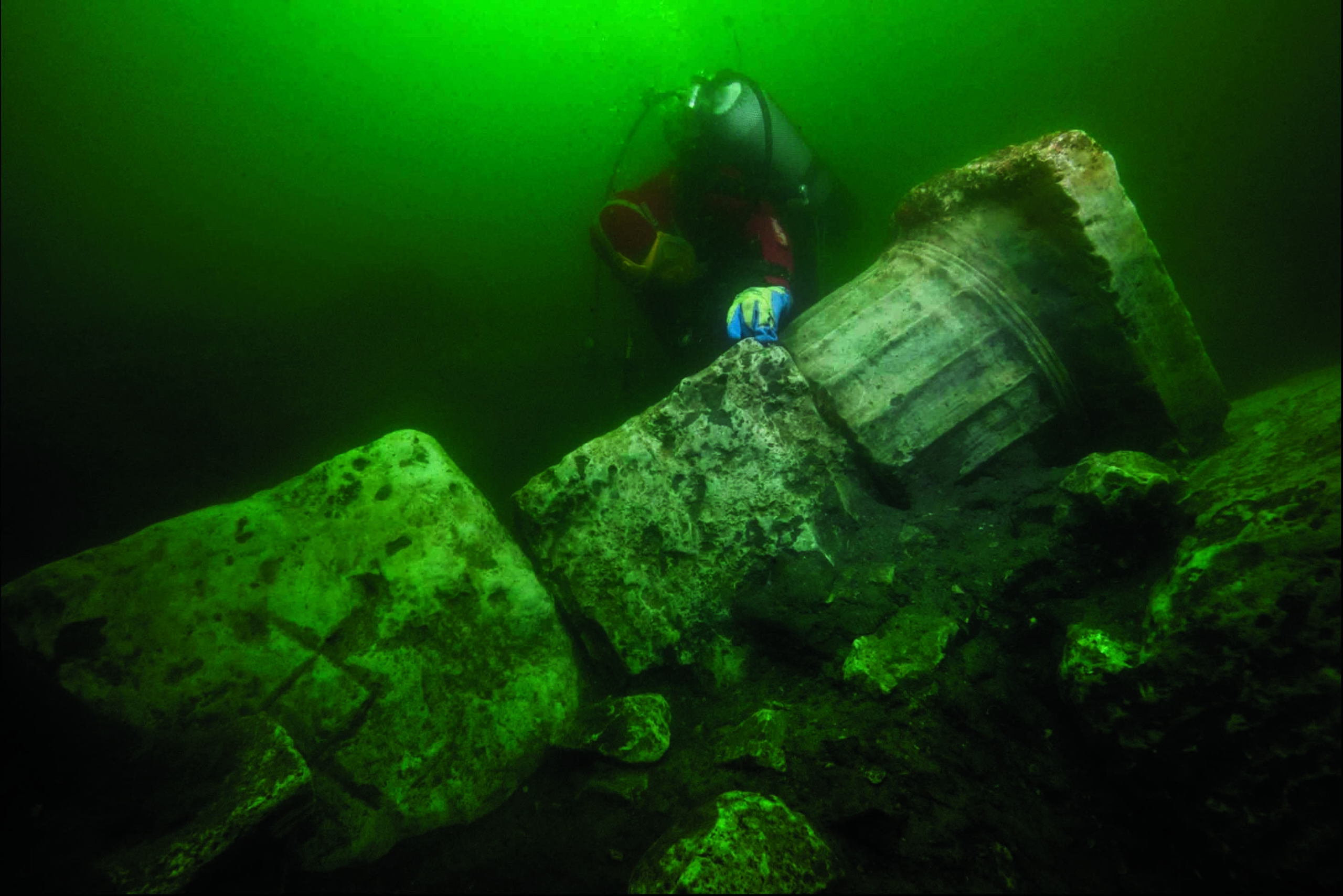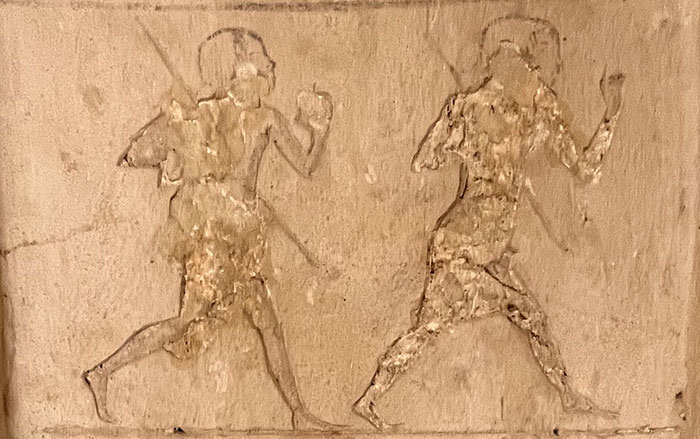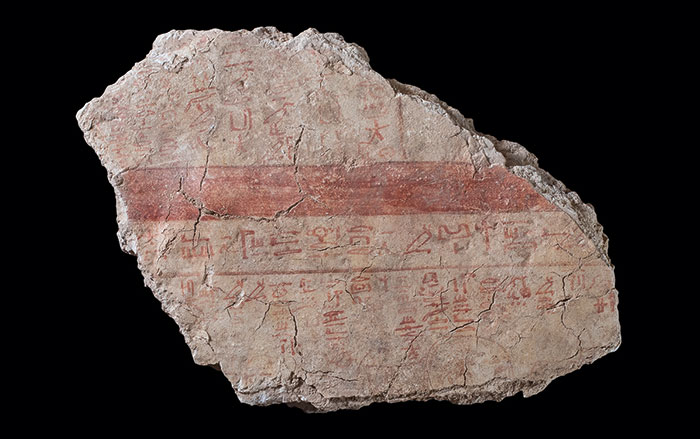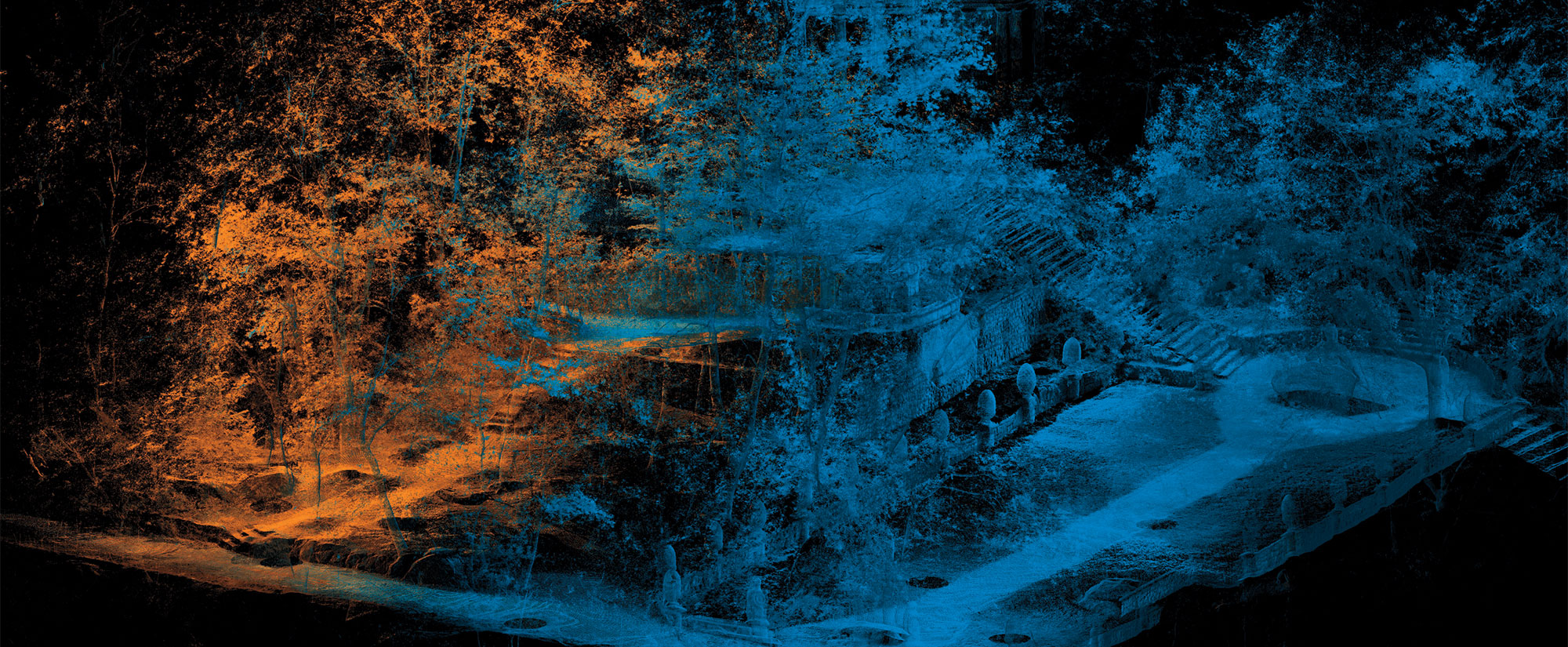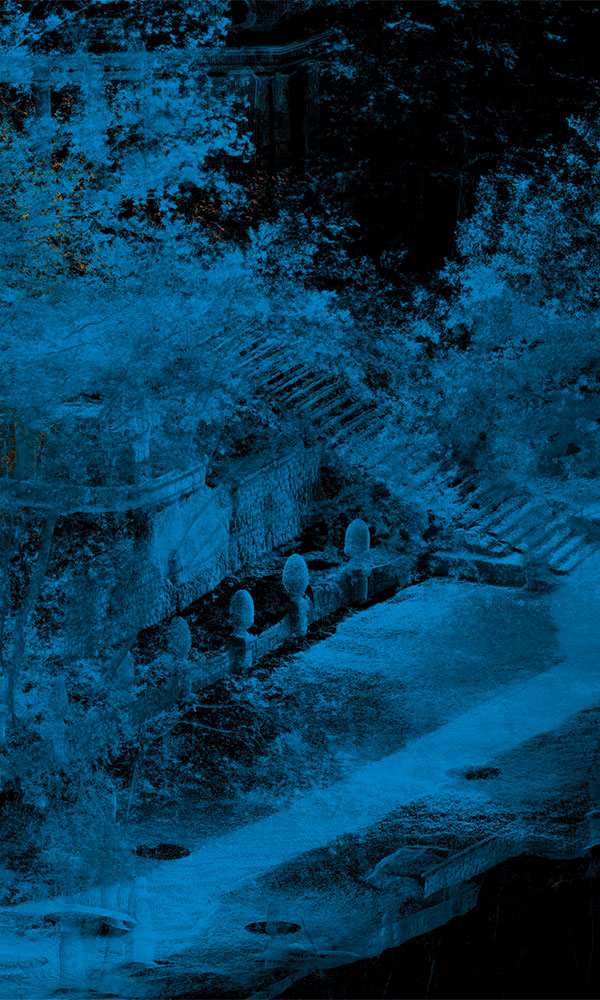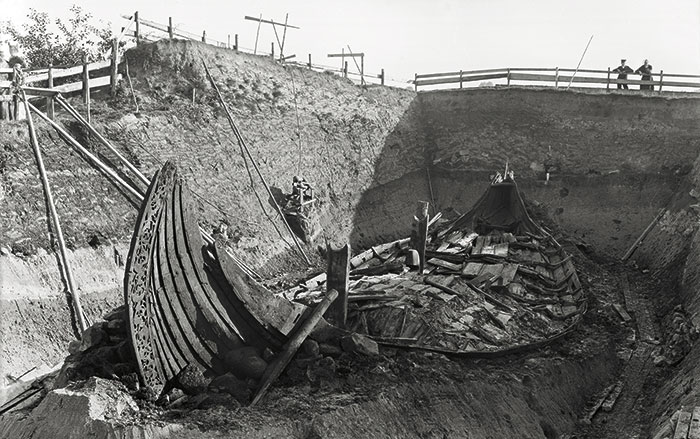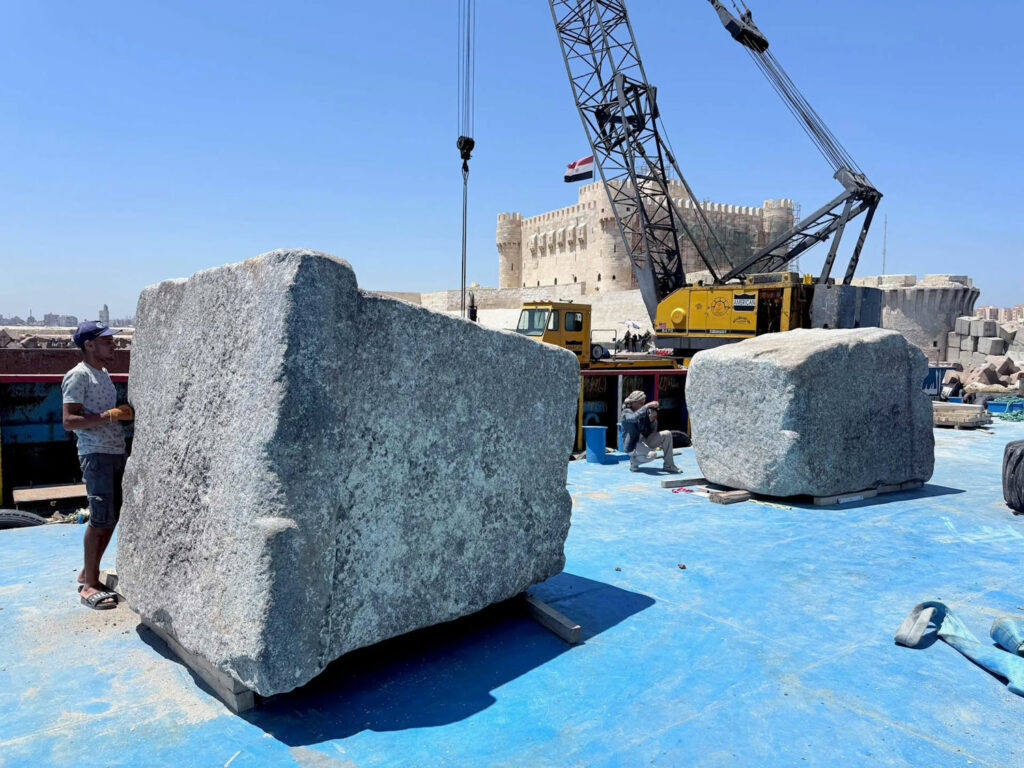
ALEXANDRIA, EGYPT—Built in the third century b.c., the Lighthouse of Alexandria was one of the Seven Wonders of the Ancient World. Reaching a height of 330 feet, it was one of the world’s tallest man-made structures for centuries until it was toppled by earthquakes around the fourteenth century. Its ruins were rediscovered by underwater archaeologists beneath Alexandria harbor in 1994. Now, according to a statement released by La Fondation Dassault Systèmes, a team from the French National Center for Scientific Research has lifted 22 of the monument's massive submerged blocks from the seafloor. These include monumental door lintels and jambs that weigh 70 to 80 tons each, as well as a previously unknown pylon with an Egyptian-style door. A team from the “PHAROS” Project are planning to study and scan each architectural element, adding them to the collection of 100 blocks that have already been digitized underwater. By stitching these images together, researchers are hoping to create a virtual model of the lighthouse that they hope will provide new clues about its construction, design, and ultimate collapse. To read about submerged ruins of the Egyptian port city that predated the rise of Alexandria, go to "Egypt's Temple Town."


